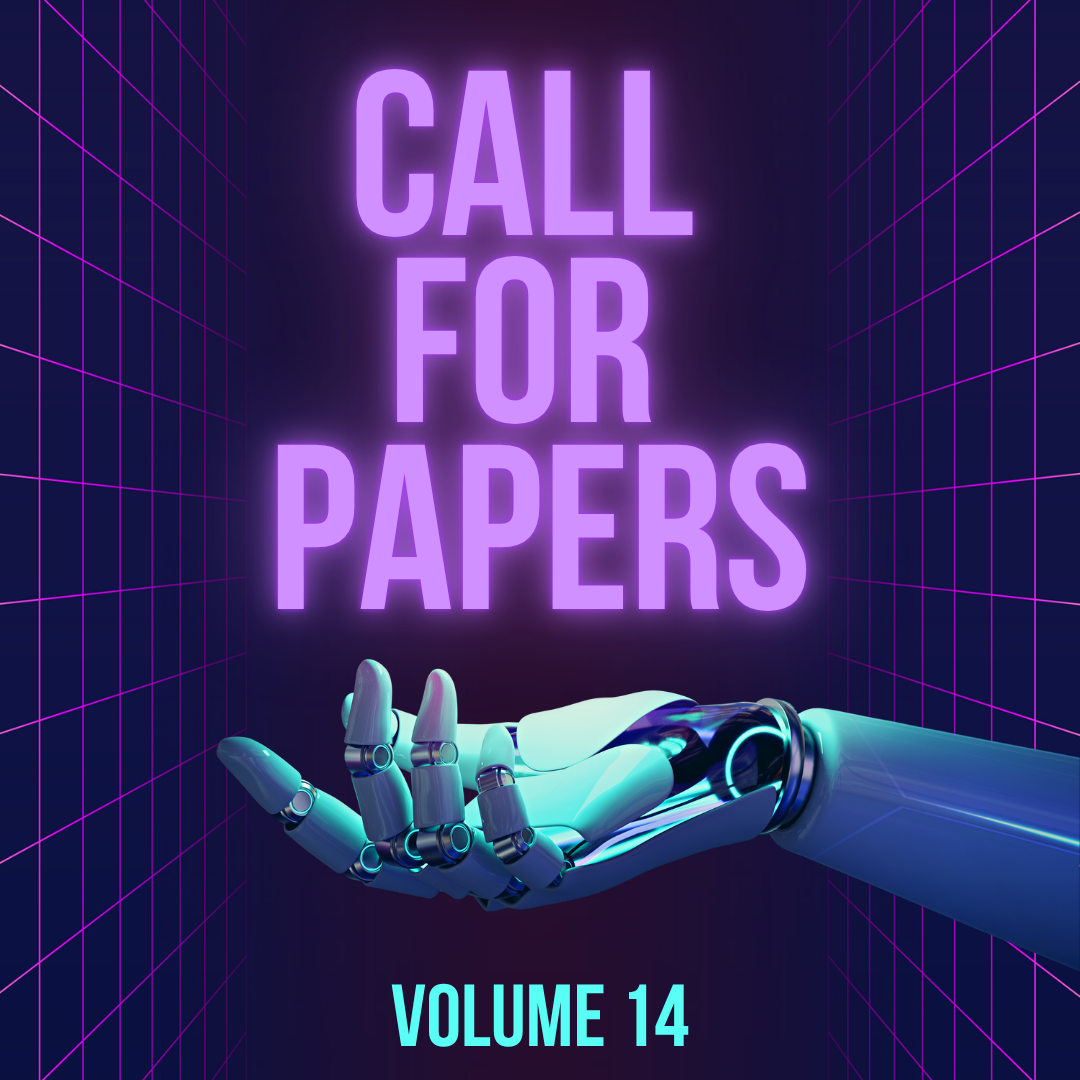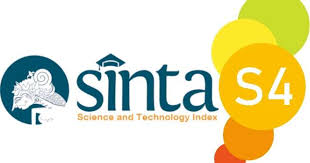Brahmi Script Classification using VGG16 Architecture Convolutional Neural Network
Keywords:
Brahmi Script, Deep Learning, Convolutional Neural Network, VGG16Abstract
Many Indonesians have difficulty reading and learning the Brahmi script. Solving these problems can be done by developing software. Previous research has classified the Brahmi script but has not had an output that matches the letter. Therefore, letter classification is carried out as part of the process of recognizing Brahmi script. This study uses the Convolutional Neural Network (CNN) method with the VGG16 architecture for classifying Brahmi script writing. Training results from various amounts of image data. Smooth model. The requested image data is a 224x224 binary image. This study has the highest quality, accuracy is 96%, highest recall is 98% and highest precision is 98%.



